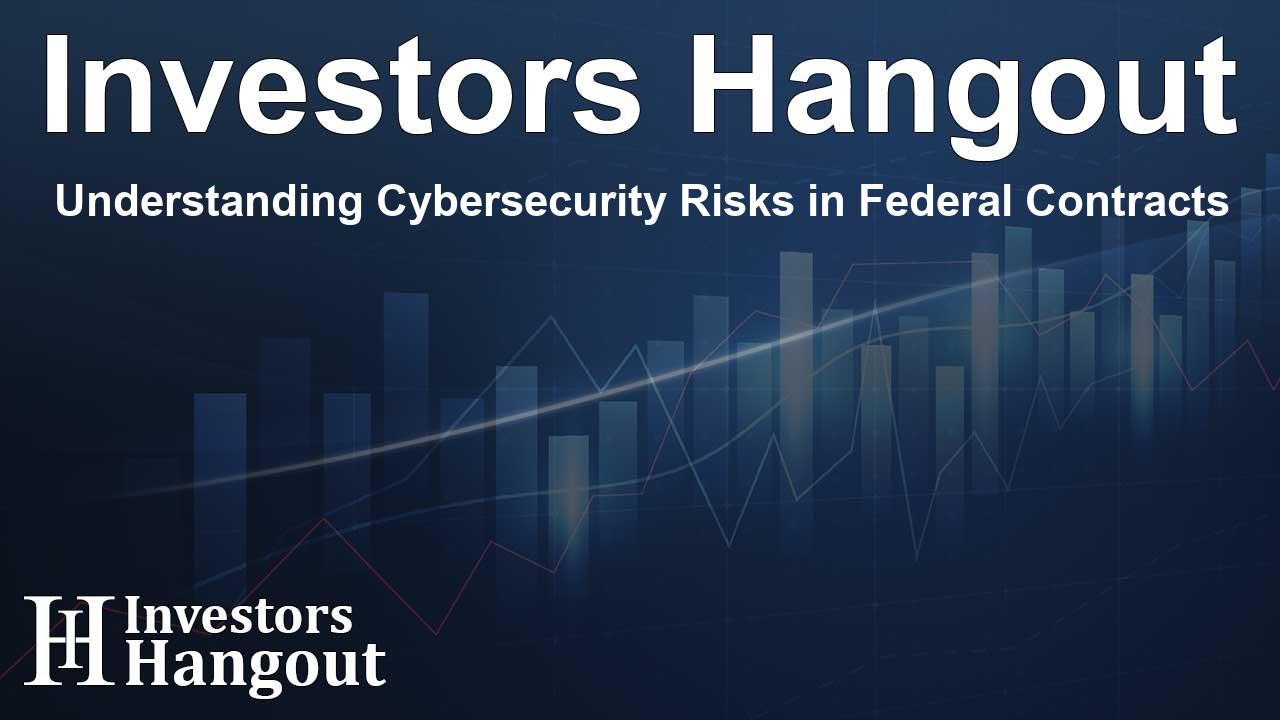Understanding Cybersecurity Risks in Federal Contracts

SecurityScorecard’s Findings on Federal Contractor Breaches
Recently, SecurityScorecard revealed significant insights into the cybersecurity landscape facing the top-tier federal contractors. Their report indicates that a staggering 58% of breaches are linked to third-party attack vectors. This statistic brings to light a serious vulnerability within federal supply chains, which are crucial for national security.
The Growing Threat of Third-Party Attack Vectors
In a world where cyber threats are evolving rapidly, the impact of third-party vendors cannot be overstated. Attackers are increasingly targeting these suppliers, which often possess less robust security measures compared to their larger clients. The breach of sensitive information observed at the U.S. Treasury Department highlights just how perilous this risk can be.
The Call for Enhanced Cybersecurity
Security experts, including Ryan Sherstobitoff, Senior Vice President of Threat Research and Intelligence at SecurityScorecard, emphasize the urgent need for enhanced cybersecurity measures across the board. The vulnerability of federal contractors poses a significant challenge for government security, necessitating a collaborative approach from both public and private sectors.
Key Statistics from the SecurityScorecard Report
The report presented some alarming statistics that expose the gravity of the situation:
- 35% of contractors have faced publicly reported breaches, with 14% having experienced multiple incidents.
- A staggering 58% of these breaches were facilitated by third-party attack vectors, significantly higher than the global average of 29%.
- Notably, ransomware attacks accounted for 41.25% of breaches while increasing to 46.5% in incidents involving third parties.
- Moreover, 28% of contractors reported that they had at least one malware infection within the past year.
- State-sponsored threats contributed to 35% of breaches, with an uptick to 39.5% in third-party-related incidents.
- Application security emerged as the most critical vulnerability for 41% of contractors, indicating that organizations need to bolster defenses in this area significantly.
Strategic Recommendations for Defense
In light of these findings, SecurityScorecard’s STRIKE team recommends several strategies for federal contractors to enhance their cybersecurity practices:
- Implement Comprehensive Cyber Maturity Model Certification (CMMC): The CMMC framework is vital for ensuring contractors meet high cybersecurity standards. Expanding its application could address vulnerabilities across civilian agencies.
- Streamline Third-Party Risk Management: Optimizing TPRM practices to target potential exposure of U.S. government interests can lead to enhanced vetting processes.
- Evaluate Fourth-Party Risk Management: Since many breaches stem from fourth-party vendors, agencies should assess contractors' TPRM efforts thoroughly.
- Mandate Disclosure of Breach Histories: Transparency regarding past breaches could bolster vetting processes and improve overall cybersecurity.
- Focus on Key Vulnerabilities: Contractors should prioritize addressing application security, DNS health, and patching strategies.
- Enhance Defenses Against Diverse Threats: With ransomware posing significant risks, all contractors need to reinforce their defenses against both ransomware and state-sponsored attacks.
Methodology Behind the Study
The conclusions drawn by SecurityScorecard were based on rigorous evaluations of their ratings and publicly available breach histories among the top 100 federal contractors. The data highlights critical patterns that reveal substantial third-party cyber risks to the government.
About SecurityScorecard
Founded in 2014, SecurityScorecard has rapidly established itself as a leader in cybersecurity ratings and resilience. The company has developed patented technologies used by over 25,000 organizations worldwide for various purposes, including enterprise risk management and regulatory oversight. By fostering better cybersecurity understanding, SecurityScorecard aims to enhance the overall security landscape for businesses and government agencies alike.
Frequently Asked Questions
What percentage of breaches involve third-party attack vectors?
The report indicates that 58% of breaches impacting federal contractors involve third-party attack vectors.
What are the main vulnerabilities identified in federal contractors?
Application security was identified as the most significant vulnerability, accounting for 41% of contractor issues.
How can federal contractors improve their cybersecurity practices?
By implementing measures such as the CMMC framework and enhancing third-party risk management protocols.
What role do state-sponsored groups play in cybersecurity breaches?
State-sponsored groups accounted for 35% of attributable breaches overall, increasing risk in third-party incidents to 39.5%.
Why is better transparency in breach histories important?
Improved transparency is key to enhancing security vetting processes and ensuring better compliance with cybersecurity standards.
About The Author
Contact Dominic Sanders privately here. Or send an email with ATTN: Dominic Sanders as the subject to contact@investorshangout.com.
About Investors Hangout
Investors Hangout is a leading online stock forum for financial discussion and learning, offering a wide range of free tools and resources. It draws in traders of all levels, who exchange market knowledge, investigate trading tactics, and keep an eye on industry developments in real time. Featuring financial articles, stock message boards, quotes, charts, company profiles, and live news updates. Through cooperative learning and a wealth of informational resources, it helps users from novices creating their first portfolios to experts honing their techniques. Join Investors Hangout today: https://investorshangout.com/
The content of this article is based on factual, publicly available information and does not represent legal, financial, or investment advice. Investors Hangout does not offer financial advice, and the author is not a licensed financial advisor. Consult a qualified advisor before making any financial or investment decisions based on this article. This article should not be considered advice to purchase, sell, or hold any securities or other investments. If any of the material provided here is inaccurate, please contact us for corrections.
